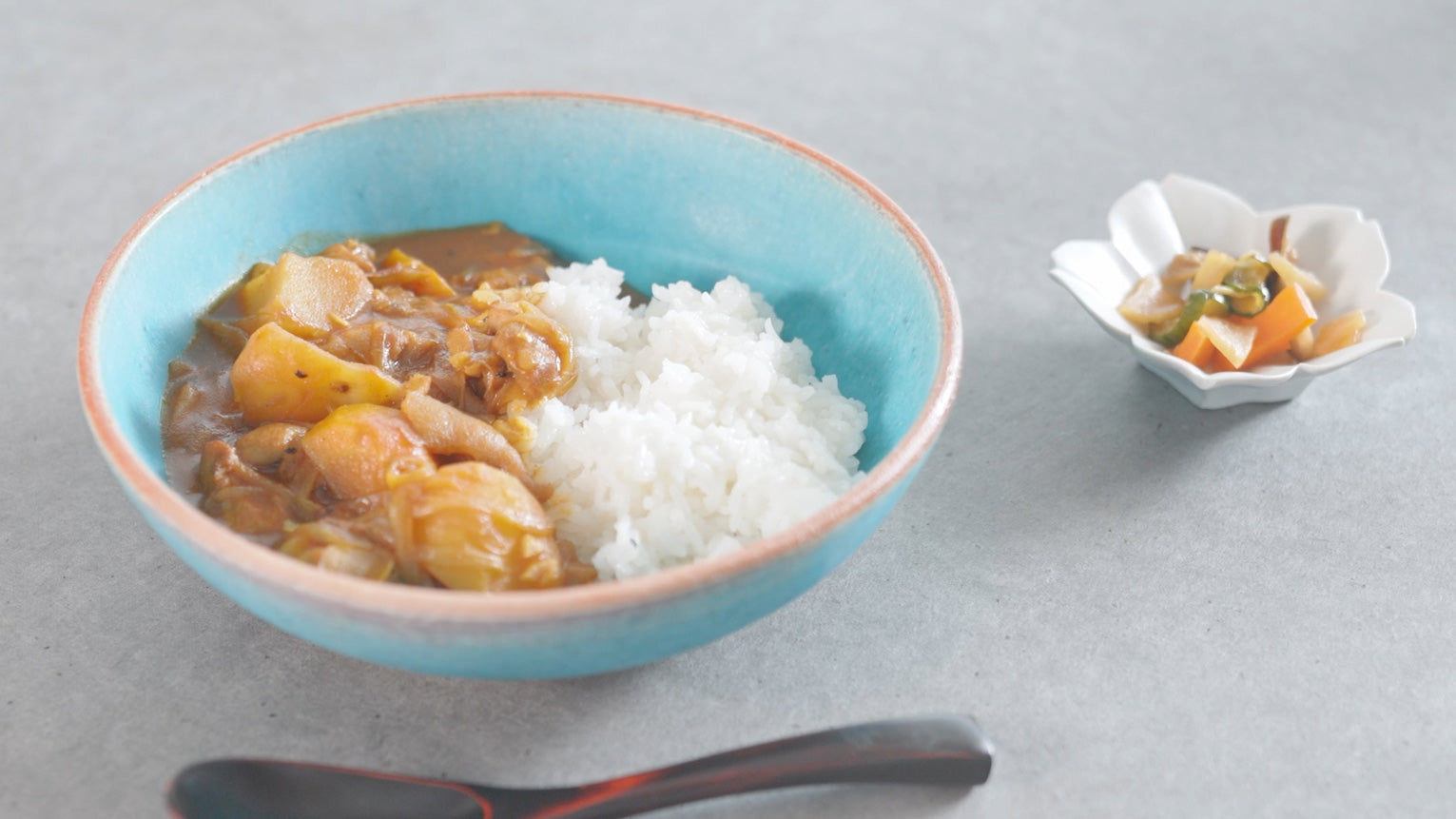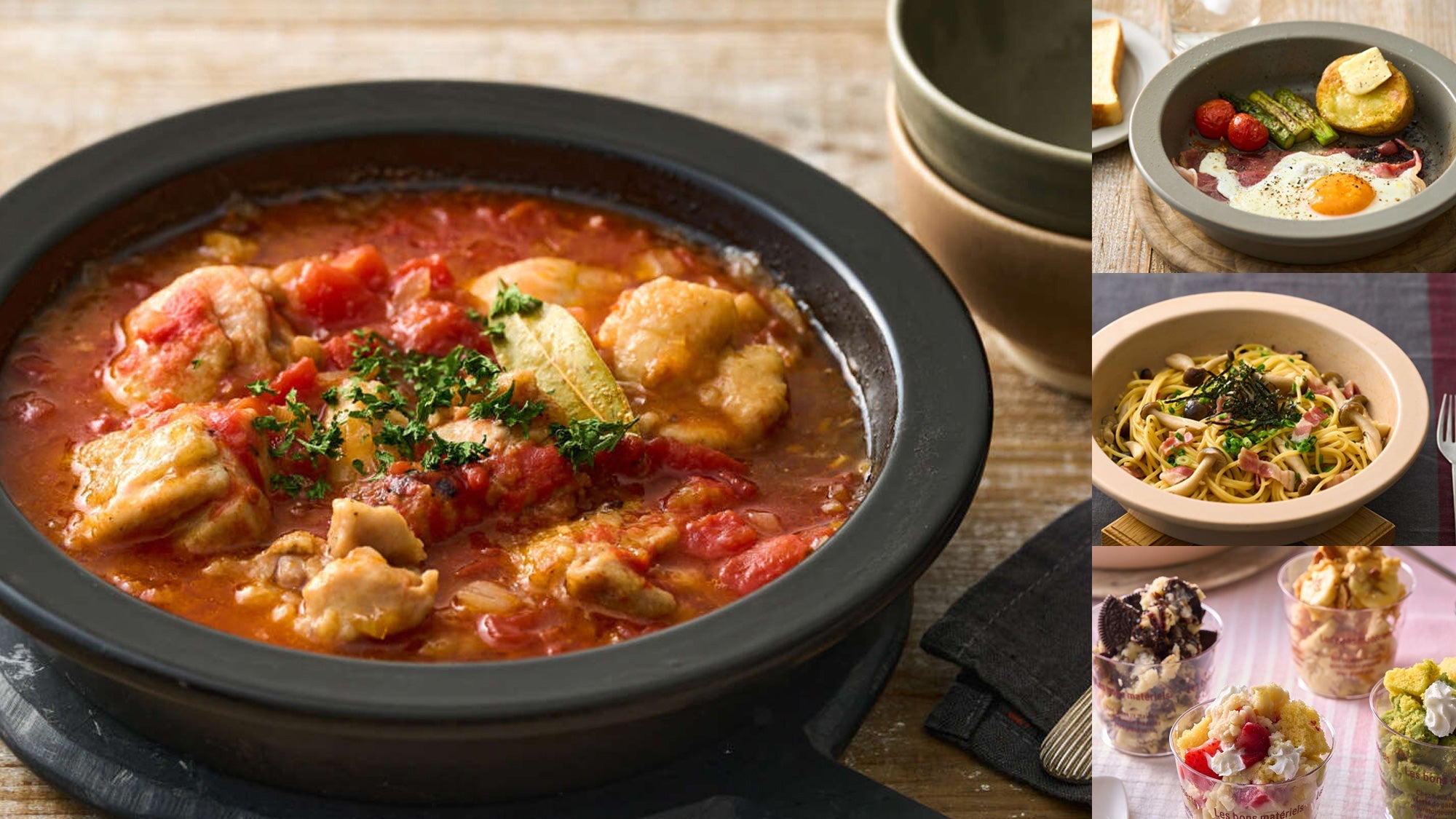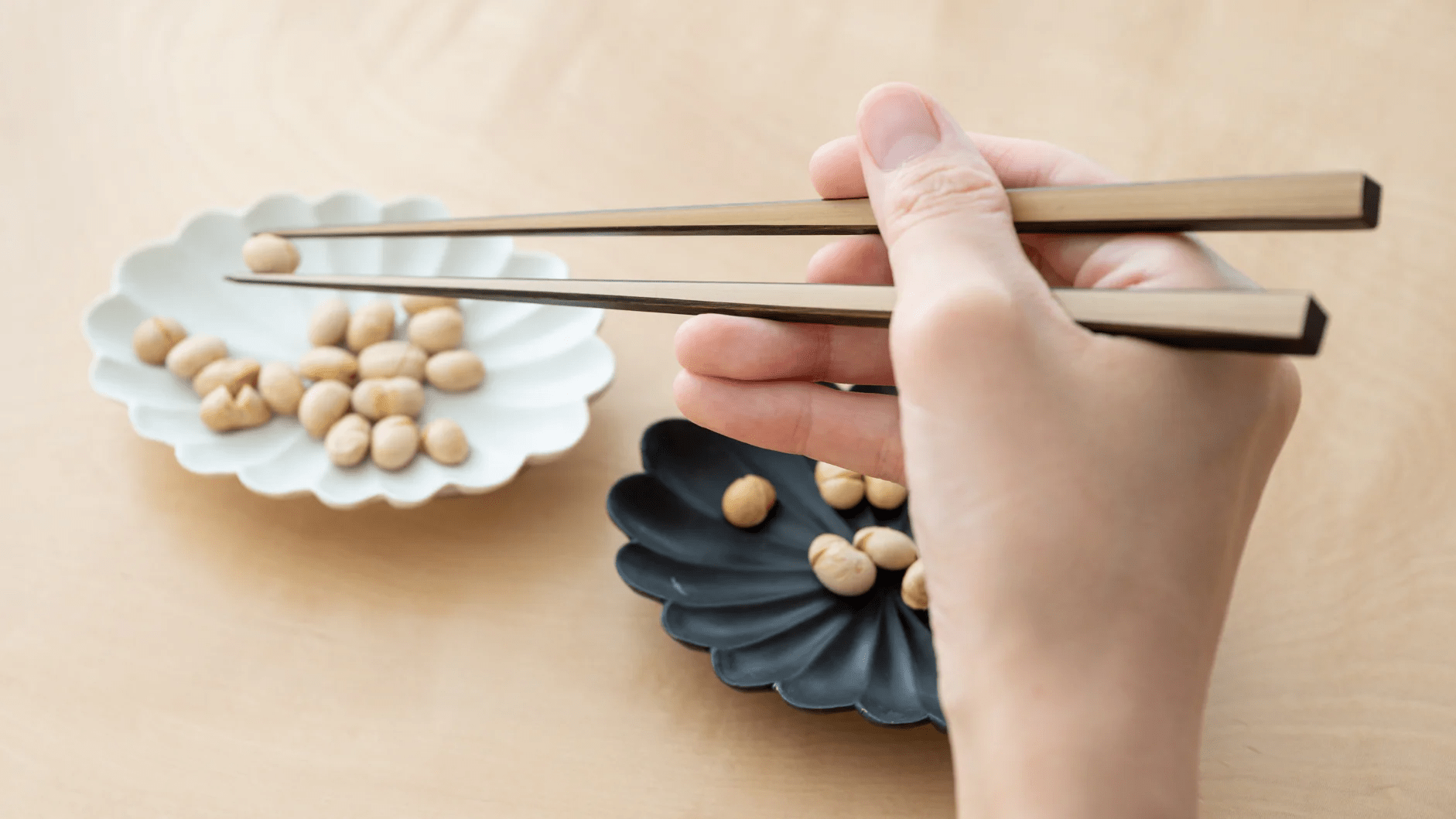
Reorganize Your Cabinets: Kitchen Storage Tips
Written by Team MUSUBI
Japan is often credited for prompting the worldwide phenomenon of decluttering, and no wonder: in dense cities like Tokyo, space is limited, sparking new and inventive ways to maximize what storage there is.
That is just as true in the kitchen. Japanese tableware tends to be collected one piece at a time, rather than in matched sets of identical pieces, plus traditional Japanese table settings often involve a large number of dishes. That makes cleverly organizing kitchen cabinets a high priority.
Here we’ll introduce our top tips for decluttering and reorganizing your kitchen storage, along with how to best store tableware in a way that protects delicate surfaces or materials, and makes taking items out and putting them away effortless.
Whether you have limited kitchen storage space, want tips on swapping out tableware with the seasons, or are looking for new ideas to make your cupboards more efficient, this article is for you.
Table of contents
Recommended Workflow
Start with a Clean Slate
Take everything out of your cabinets. Clean the cabinets and shelves.

Plan and Prepare
Sort your tableware based on how you plan to rearrange it—see the sections below for tips. If you’re planning to buy shelf racks and drawer dividers, now is a good time to take measurements.

Put Everything Back
Return your dishware to its new arrangement in your cabinets, and enjoy!

Below, we go into detail about how to sort and rearrange your tableware.
Storage Tips by Material Type
Different materials have different storage needs, from whether they tolerate stacking to where they best sit in your cabinets. Just a few simple tips make tableware storage worry-free.
Lacquerware
Lacquerware, with its soft wood and natural lacquer coating, scratches more easily than other tableware. It’s best not to keep it next to ceramic or glassware to avoid accidental scuffs and scratches. Stack lacquerware with other lacquerware or wood items, but don’t over-stack.
Stoneware
Stoneware is okay to stack, but store heavier items, like donabe clay pots, on lower shelves. Some stoneware is textured, so be aware not to place such items next to easily scratched pieces.
Porcelain
Porcelain has one of the hardest surfaces among tableware and is generally very sturdy, so it doesn’t get scratched easily. Can, however, scratch softer materials like stoneware or lacquerware, so be aware of placement in regard to the other tableware in your cabinets.
Wood & Bamboo
Wood and bamboo items can get warped or damaged under high humidity. A rule of thumb is to keep them in a cool, dry place that will allow for good air circulation.
Glassware
Glass is easy to break, so use dividers, wine glass racks, or stands to keep things stable. Storing glassware in a location that’s easy to reach (no balancing on tiptoes necessary!) helps prevent accidents.
Smart Cabinet Strategies
This is the 101 on efficient kitchen storage. Here you’ll find recommended locations in your cupboards for different tableware, what can be stacked and what can’t, tips for optimizing space, and ideas for changing things out for the season.
Placement Basics
Following a few basic rules for where to place things in your cabinets or on your sideboards will make cooking and clean-up easier and moving around the kitchen more efficient.

Place light items up top and heavy items down below
Heavier items will be supported by sturdy lower shelves, and you won’t have to worry about dropping a heavy pot or pan on your head trying to take it out of an overhead cabinet. Light items, on the other hand, like lacquerware and wood, do just fine higher up.

Keep frequent-use items at eye level
This is for the tableware you take out all the time: your everyday glassware, plates, and bowls. So it’s always right there when you need it. Tip: Don’t forget kids’ eye levels! If you have young children, placing your kids’ tableware where they can see and reach it easily gives them more agency and helps them participate in setting the table or putting away clean dishes.

Store items near where you use them
For example, keep your pots and pans near the stove, your tea set for serving guests by the dining table, and your everyday mugs by the kettle. You won’t have to go back and forth across the kitchen as much, and you’ll always have the right tools on hand when you need them.

Store items of the same genre or purpose together
You might already store glassware with glassware, bowls with bowls. Level it up by storing items that get used together in the same place. For example, if you wash vegetables often, try storing your favorite food-prep bowl, colander, and paper towels near your sink in the same drawer, so you can pull them all out at once. A bit of decision-making in advance can save time and make it so you never have to root around looking for something again.

What Can and Can’t Be Stacked
Some materials don’t stack with each other well, while others do just fine. Here are tips that will help keep your tableware scratch-free.
Okay to Stack:
Porcelain with porcelain.
Bowls, cups, or plates of the same series or type.
Gold- or silver-decorated tableware: You might have the impression that gold and silver are delicate, but in the case of ceramics, the decoration is protected by a final kiln firing, and in the case of lacquerware, it’s protected by coats of lacquer applied over top. If you still feel concerned, place a layer of cloth or tissue paper between dishes to protect them.
Avoid Stacking:
Don’t stack ceramics with lacquerware or wood. You want to avoid hard ceramic scratching the relatively softer wooden surfaces.
Don’t stack porcelain with stoneware. Porcelain is harder than stoneware, so it can cause scratches.
Be careful of rough stoneware textures that might drag on and scuff surfaces.
Below are recommended items made specifically for stacking. Oryoki bowl sets include a full set of Japanese bowls that stack together like nesting dolls; ramen bowls often stack perfectly, and the Wabi series stacks very efficiently; and the celadon tea cups featured below are carefully shaped and glazed to stack sturdily on top of each other.

Swap Out Seasonal Items
Think about what you use more often with each season and adjust your kitchen storage accordingly.
For winter, move the donabe and hot pot tools from the back of your cabinets to the front. Dig your holiday dishes out of storage and put summer-only items away in their place. And prepare for the holidays by checking that your Christmas or New Year’s dinner-worthy plates, bowls, or jubako bento boxes are all accounted for and somewhere easy to reach.

For summer, place refreshing glassware and ice cream bowls closer to eye level, somewhere that’s easy to reach for often. Move the barbecue and grilling skewers out of the closet and into the kitchen. And if there’s a tableware set you always use for meals out on the patio, consider putting it all together in a drawer or bin in your cabinet so it’s easy to pull out and take outside.

Just these few changes can help you feel the passing seasons in your own kitchen, and make meal prep that much more enjoyable.
Streamline with Kitchen Organizers
Kitchen organizers like drawer dividers, plastic bins, shelf racks, and hooks are a great way to optimize the space you have. Here, the dollar store (or in Japan, the 100-yen shop!) is your friend. Be sure to measure the inside of your drawers and cabinets so you get the sizes you need—storage tools work even better when they’re exactly the right sizes for your particular space. Below are some ideas to get you started.
Divide up Space
Use dividers in drawers and on shelves to sort items and use space more efficiently. For example, separate cutlery by type, color, or size using dividers in your cutlery drawer. Add racks, removable drawer units, or even file boxes to increase the usable space on a shelf or in a cabinet. And use a lazy Susan for hard-to-reach cabinet corners.

Use Vertical Space
Don’t forget about vertical space! Add hooks near your stove for the cooking tools you reach for the most. Hooks or hangers can go inside a drawer, too, if you want to keep items out of sight. You can even use the inside of cabinet doors for storage by adding hooks or mesh racks for hanging things like kitchen tools, pot lids, cleaners, or extra sponges.
You can also make pots and pans easier to pull out by storing them in a drawer and using dividers or file boxes to stand them on their sides. Lids store well vertically, too.
Label Things
Label drawers, storage jars, or bins so you can immediately see where things are without having to pull apart the contents of your cabinets.
Make It Pretty
For items you tend to leave out, improve how they look: Keep them on an elegant tray on your counter, store them in a cute basket, or upgrade to a version of the item you’ll love looking at every day. Reducing the sense of clutter can reduce stress, too!

Some tableware has storage built in. For example, Shokado bento boxes include several dishes in an elegant wooden box, with a lid that can become a tray, for an all-in-one tableware set experience. Meanwhile, the Yu-Chabako and Ippuku matcha tea sets from Nishimoto come with everything in a beautiful box or furoshiki wrapping cloth, so they both store efficiently and look nice left out in a kitchen or tea room.
Prioritize Your Own Lifestyle
Each of these tips is meant to work with how you already live in your home and use your kitchen. Rather than reorganizing your kitchen to fit someone else’s ideal, it’s best to make changes based on how you already use your space. The most important thing when re-ordering your kitchen is to think about how each change would make your life easier, so you can truly create a system that works for you!
For more helpful tools for the kitchen, explore our Kitchenware collection below.
















Leave a comment
This site is protected by hCaptcha and the hCaptcha Privacy Policy and Terms of Service apply.